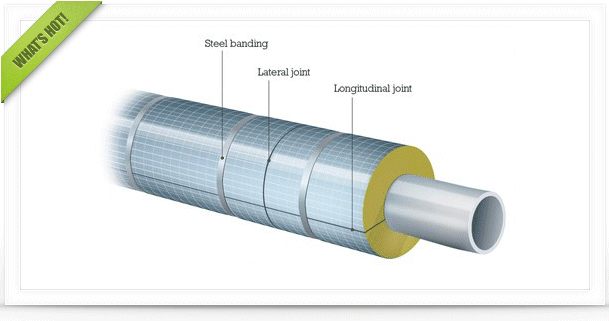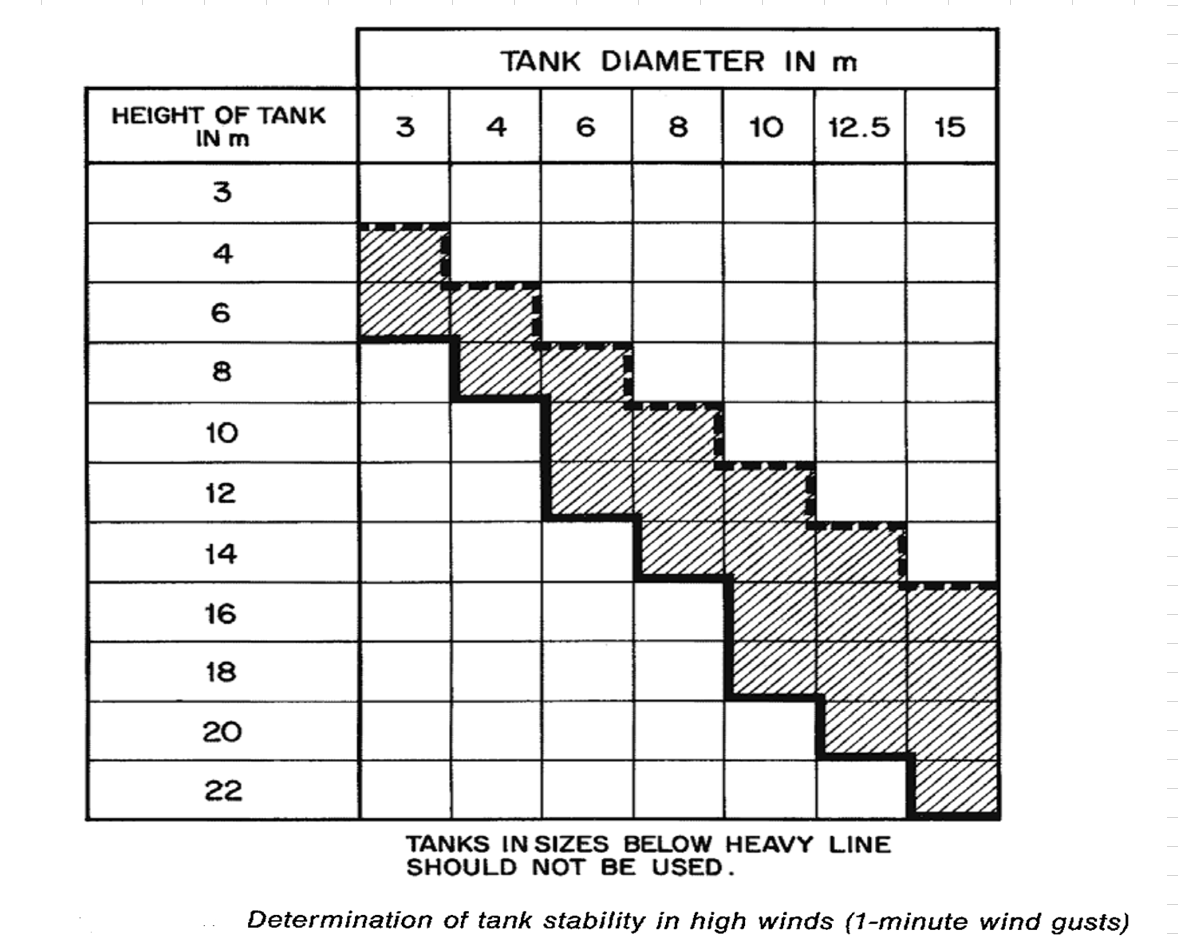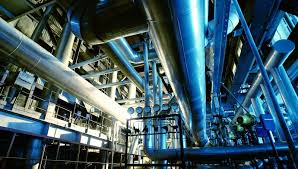I am interested in modeling an open roof tank in Aspen plus at atmospheric pressure. the liquid is above ambient temperature. I used the flash block in aspen to model the tank but it does not flash any vapor. I am interested in the emission to the air from the stored liquid.
any help/suggestions will be appreciated.
thanks
|
|
Open Roof Tank In Aspen Plus
Started by xychem, Feb 01 2009 02:54 PM
2 replies to this topic
Share this topic:
#1

Posted 01 February 2009 - 02:54 PM
#2

Posted 03 February 2009 - 09:39 AM
what emissions are you expecting and did u include in the components list and have u specified the atmospheric pressure and the temperature on the tank and also check if you have selected an appropriate thermodynamic model if you have done all of them. Are you sure that the liquid flashes at those conditions? trying increasing the temperature a liitle more and see if the liquid flashes. elaborate a bit more about the problem?
QUOTE (xychem @ Feb 1 2009, 03:54 PM) <{POST_SNAPBACK}>
I am interested in modeling an open roof tank in Aspen plus at atmospheric pressure. the liquid is above ambient temperature. I used the flash block in aspen to model the tank but it does not flash any vapor. I am interested in the emission to the air from the stored liquid.
any help/suggestions will be appreciated.
thanks
any help/suggestions will be appreciated.
thanks
#3

Posted 11 February 2009 - 01:05 PM
You won't have a vapor phase unless you have air (or O2 & N2) included as a material in the inlet stream. You declare them as henry's components. Add enough gas to saturate the liquid plus an incremental amount more, which will give you the amount of component that saturates the flowing gas. However, why not just compute from the partial pressure of the material? The mole fraction determined by the partial pressure of the material divided by the total pressure. The remaining pressure being exerted by the noncondensible gas.
If you are trying to do emissions calculations you may find the "tanks" program on the EPA.gov air emissions web site to be of use. It is in there someplace. It is per the AP-42 methodology. Also I have seen spreadsheets out their that use AP-42 methods too.
PS - You can kind of fake this calculation using the PSV option in the simulator and fill the vessel headspace with nitrogen but it only gives you an instantaneous slice not the data for emissions calculations.
If you are trying to do emissions calculations you may find the "tanks" program on the EPA.gov air emissions web site to be of use. It is in there someplace. It is per the AP-42 methodology. Also I have seen spreadsheets out their that use AP-42 methods too.
PS - You can kind of fake this calculation using the PSV option in the simulator and fill the vessel headspace with nitrogen but it only gives you an instantaneous slice not the data for emissions calculations.
Similar Topics
Atmospheric Tank Vent SizingStarted by Guest_kmic_* , 30 Sep 2025 |
|

|
||
Storage Tank Relief LoadStarted by Guest_hum464_* , 10 Sep 2025 |
|

|
||
Centrifugal Compressor Performance Curves In Aspen HysesStarted by Guest_Rafcio_* , 14 Mar 2024 |
|

|
||
Refrigerated Storage Tank Vaccum Breaker CapacityStarted by Guest_Lyne_* , 13 Sep 2025 |
|

|
||
Sigma Profile For Cosmo-Sac In Aspen PlusStarted by Guest_R.t_* , 14 Aug 2025 |
|

|

 FB
FB






